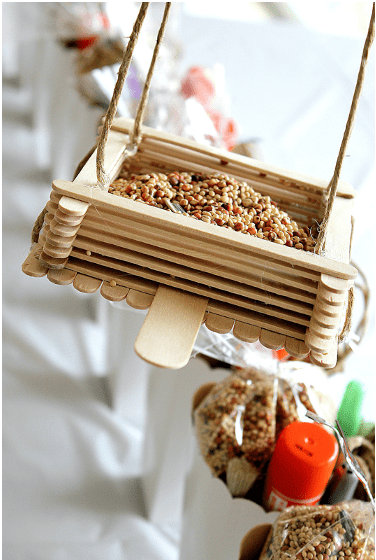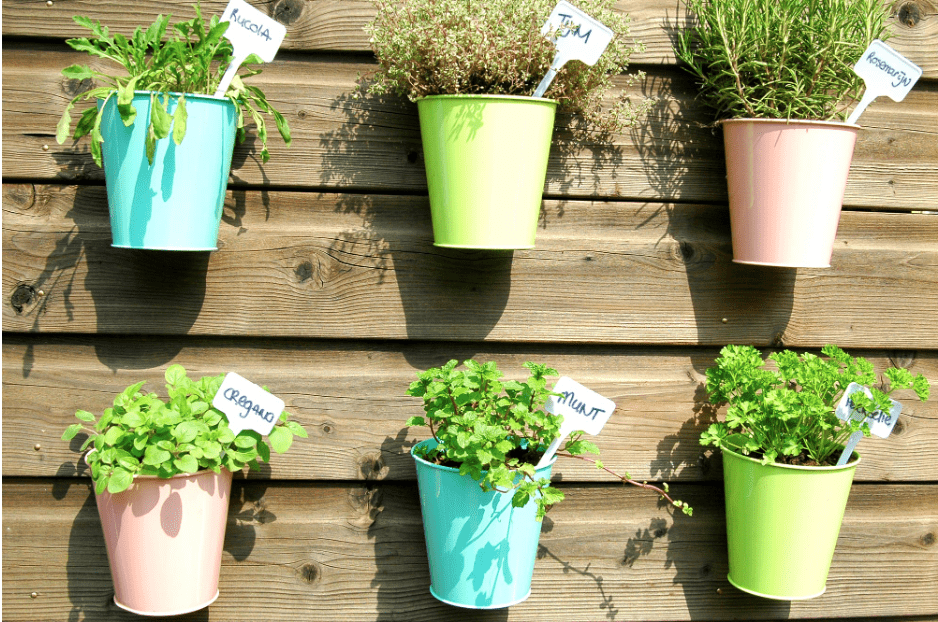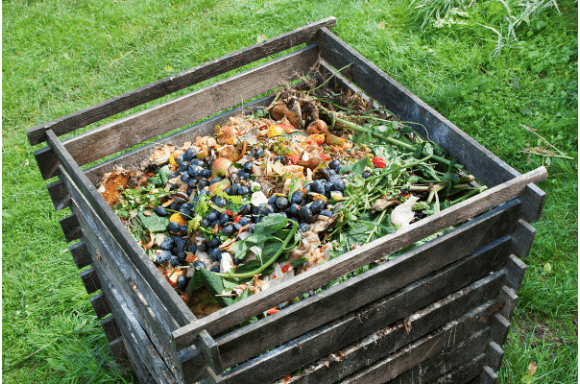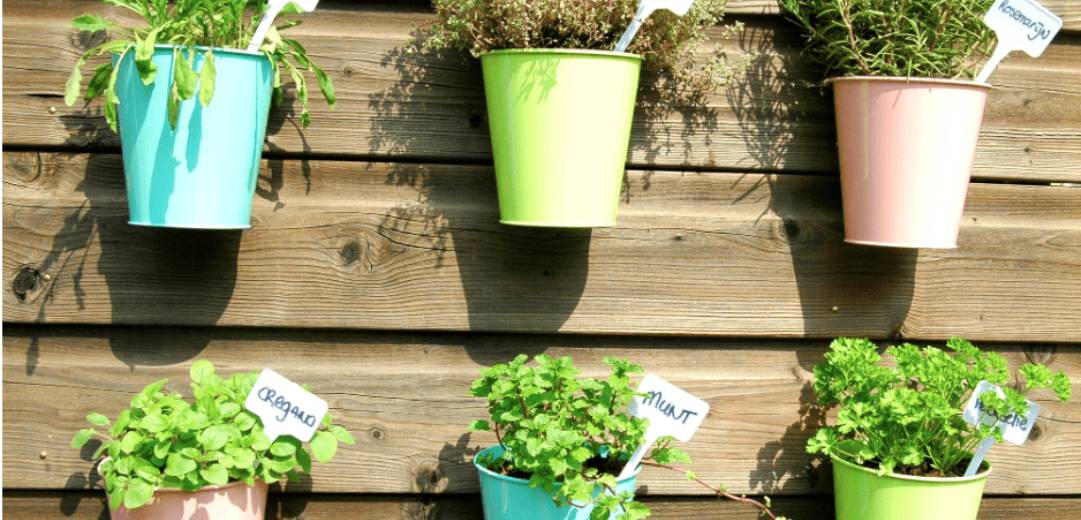Earth Day is tomorrow and although we should be working on protecting our Earth all year round, sometimes these days are great way to educate ourselves, and make little changes in our daily routine that can have a major impact!
How can you help to protect the wildlife in your own backyard?
- Bird Feeders are a fun activity that allows your child to make choices that will impact the birds around them! They can choose to decorate it and hang it in a number of places outside. It is exciting for them to see the birds using their feeder, and provides a real life example of how their hard work makes a difference!
Materials:
- Popsicle sticks
- 1 large popsicle stick (tongue depressor)
- 1 bag of bird seed
- Paint/Markers
- 2 long pieces of hemp to hang their bird feeder
- Glue

2. Another craft that can provide a home for many different bugs is creating an animal habitat! Insects have many benefits, especially if you have a growing garden. You can use the following materials to create your “Bug Hotel!”
Materials:
- Cut bamboo pieces, stems, twigs, seed heads, pinecones, wood shavings, lichen
- Using a cedar box or other rot-resistant wood
- Weather-resistant screws between 1 1/4″ 1 1/2″ long. #6 or #8 size
- Drill (optional)

3. What are some of your favorite herbs? Have you ever thought about making an Herb Garden in your kitchen or backyard? When we buy herbs at the store, they’re typically in a plastic container or put into a plastic bag. Think of how easy it is to reduce waste by growing your own herbs to use for daily cooking. All you have to do is go to your local nursery, gardening store, even some grocery stores sell herbs! Choose with your kids, which herbs do they want to grow and eat? Then find a place in your yard to plant them! You may be able to keep them inside, if you buy little planters and have the space near sunlight to help them grow. Have your children take part in the growing and planting process. This is an activity that will pay off well after Earth Day is over, and will teach some great life skills along the way!

4. Lastly, as a family you could do research about composting and how to implement it in your household. The first step is to choose a composting site or bin, where you will store your compost (keep in mind it will have an odor)! The next step is to begin collecting materials to add to your compost pile. This can be anything from eggshells, coffee grounds, leftover vegetable scraps and sticks/leaves, etc. You must continue to monitor your compost pile and turn/rotate it as needed. Mixing your compost allows oxygen to spread and keep the compost moist so that bacteria will continue to grow. Once the bottom of your pile is dark and fully broken down that means the compost is ready to be used as soil! You can mix it into your garden or plant beds to provide a rich and nourishing environment for your plants to thrive!

These are just a few ways that you can make Earth Day count this year. There are many other fun experiments and activities that you can do with your children to teach them the importance of protecting the world around us. Here’s to hoping the next generation continues working hard to keep our home, Earth, beautiful.
Keep Smiling,
Tori

